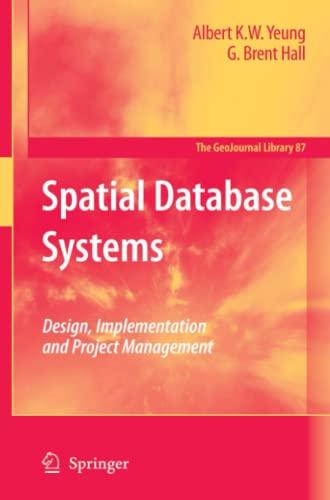Question
Problem 1. (Deque) A double-ended queue or deque (pronounced deck) is a generalization of a stack and a queue that supports adding and removing items
Problem 1. (Deque) A double-ended queue or deque (pronounced "deck") is a generalization of a stack and a queue that supports adding and removing items from either the front or the back of the data structure. Create a generic data type Deque, based on the LinkedQueue.java code from the previous lab
import edu.princeton.cs.algs4.StdOut; import edu.princeton.cs.algs4.StdRandom; import java.util.Iterator; import java.util.NoSuchElementException;
// Deque implementation using a linked list. public class LinkedDeque
// Helper doubly-linked list class. private class Node { private Item item; private Node next; private Node prev; }
// Construct an empty deque. public LinkedDeque() { ... }
// Is the dequeue empty? public boolean isEmpty() { ... }
// The number of items on the deque. public int size() { ... }
// Add item to the front of the deque. public void addFirst(Item item) { ... }
// Add item to the end of the deque. public void addLast(Item item) { ... }
// Remove and return item from the front of the deque. public Item removeFirst() { ... }
// Remove and return item from the end of the deque. public Item removeLast() { ... }
// An iterator over items in the queue in order from front to end. public Iterator
public boolean hasNext() { ... }
public void remove() { throw new UnsupportedOperationException(); }
public Item next() { ... } }
// A string representation of the deque. public String toString() { StringBuilder s = new StringBuilder(); for (Item item : this) { s.append(item + " "); } return s.toString().substring(0, s.length() - 1); } // Test client. [DO NOT EDIT] public static void main(String[] args) { LinkedDeque
Problem 2. (Random Queue) A random queue is similar to a stack or queue, except that the item removed is chosen uniformly at random from items in the data structure. Create a generic iterable data type ResizingArrayRandomQueue in ResizingArrayRandomQueue.java
import edu.princeton.cs.algs4.StdIn; import edu.princeton.cs.algs4.StdOut; import edu.princeton.cs.algs4.StdRandom; import java.util.Iterator; import java.util.NoSuchElementException;
// Random queue implementation using a resizing array. public class ResizingArrayRandomQueue
// Is the queue empty? public boolean isEmpty() { ... }
// The number of items on the queue. public int size() { ... }
// Add item to the queue. public void enqueue(Item item) { ... }
// Remove and return a random item from the queue. public Item dequeue() { ... }
// Return a random item from the queue, but do not remove it. public Item sample() { ... }
// An independent iterator over items in the queue in random order. public Iterator
public void remove() { throw new UnsupportedOperationException(); }
public Item next() { ... } }
// A string representation of the queue. public String toString() { StringBuilder s = new StringBuilder(); for (Item item : this) { s.append(item + " "); } return s.toString().substring(0, s.length() - 1); }
// Helper method for resizing the underlying array. private void resize(int max) { Item[] temp = (Item[]) new Object[max]; for (int i = 0; i < N; i++) { if (q[i] != null) { temp[i] = q[i]; } } q = temp; }
// Test client. [DO NOT EDIT] public static void main(String[] args) { ResizingArrayRandomQueue
Step by Step Solution
There are 3 Steps involved in it
Step: 1

Get Instant Access to Expert-Tailored Solutions
See step-by-step solutions with expert insights and AI powered tools for academic success
Step: 2

Step: 3

Ace Your Homework with AI
Get the answers you need in no time with our AI-driven, step-by-step assistance
Get Started


